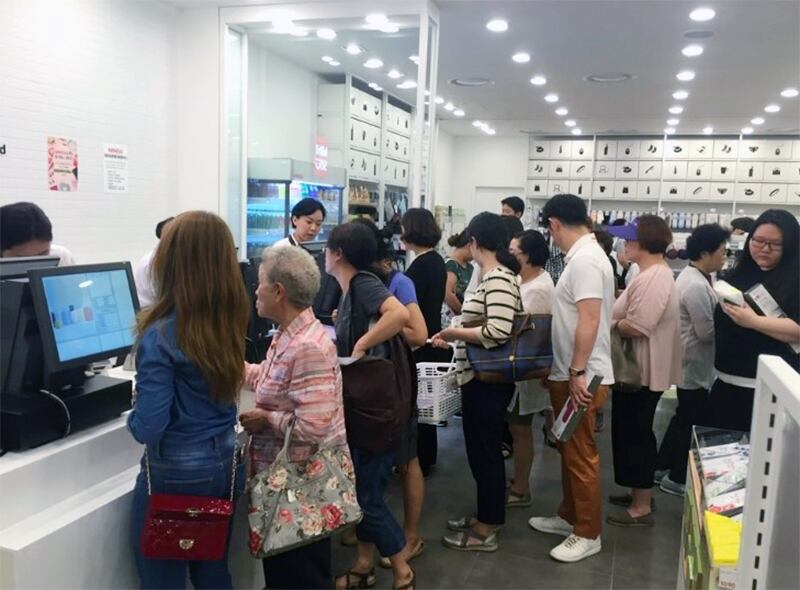A dominant challenge for retail brands today is how to keep up with, and stay ahead, of the consumption trend that sees formulators and marketers release products in shorter life cycles.
Fast-paced retail: How to keep up?
Mature business development and consumer demands for new trends have led to the retail market growing fast, in Southeast Asia, in particular, Miniso revealed in a recent statement.
Hailing the contemporary business landscape as the “fastest is the best”, K-beauty and K-pop — and their meteoric worldwide proliferation — have attracted consumers to South Korea’s innovations and beauty trends.
Brands such as Miniso, are now exploring what it is about the Asian region that makes it so favourable and how consumers select their preferred products.
Cost performance concept
Miniso saw that South Korean shoppers care about the "cost performance" of purchases as they carefully consider the efficiency of the amount of money they spend on certain products.
Launching in South Korea in August 2016, Miniso sought to "break the market pattern" to create strong engagement with its target demographic. Despite it stating that South Korea’s economic development can be “slow”, it states that by shifting its attention to cost performance it can impact local purchasing decisions.
In 2018, South Korea's economy is expected to rise by 3.0% and the price of commodities is predicted to increase by approximately 1.6%. The Bank of Korea noted that the country’s gross domestic product in the first quarter of 2018 sat at 395.93 tn won (€293 bn).
Miniso Korea confirmed that it opened 43 stores in 2017, with a total of 70 stores in the country expected by the end of 2018, creating a total sales volume of RMB 240 mn (€30.6 mn).
Product design partnerships
Innovative design and product quality are also strong priorities for e-tailers and brands such as Miniso in South Korea.
To date, Miniso has distributed its stores in shopping centres and business district locations, appealing to the female 15-35-year-old demographic. Moving forward, it now plans to reach out to community outlets to emphasise its high-quality and affordable nature to appeal to a broader customer base.
Maximising the input of design, Miniso has teamed up with Korea Institute of Design Promotion (KIDP), to conceptualise and develop creative items. It is also leveraging the country’s K-pop culture by utilising South Korean dramas to produce IP products.
Emotional marketing
The company’s core strategy also prioritises replacement rates, seasonal changes, emotional marketing and product development.
Allen, Miniso Korea’s representative observed that local consumption behaviour indicates how emotional decisions, notably simple desires, service consumption and technical services are high on consumers' agenda when stocking up on new items.
Highlighting the “relatively strict” cosmetics industry standards, Miniso seeks to reassure customers of the safety of cosmetics and states how it “carries out inspection according to the safety inspection standards” that include the use of artificial materials and non-artificial materials, along with microorganism limitation test and capacity tests, amongst others.

